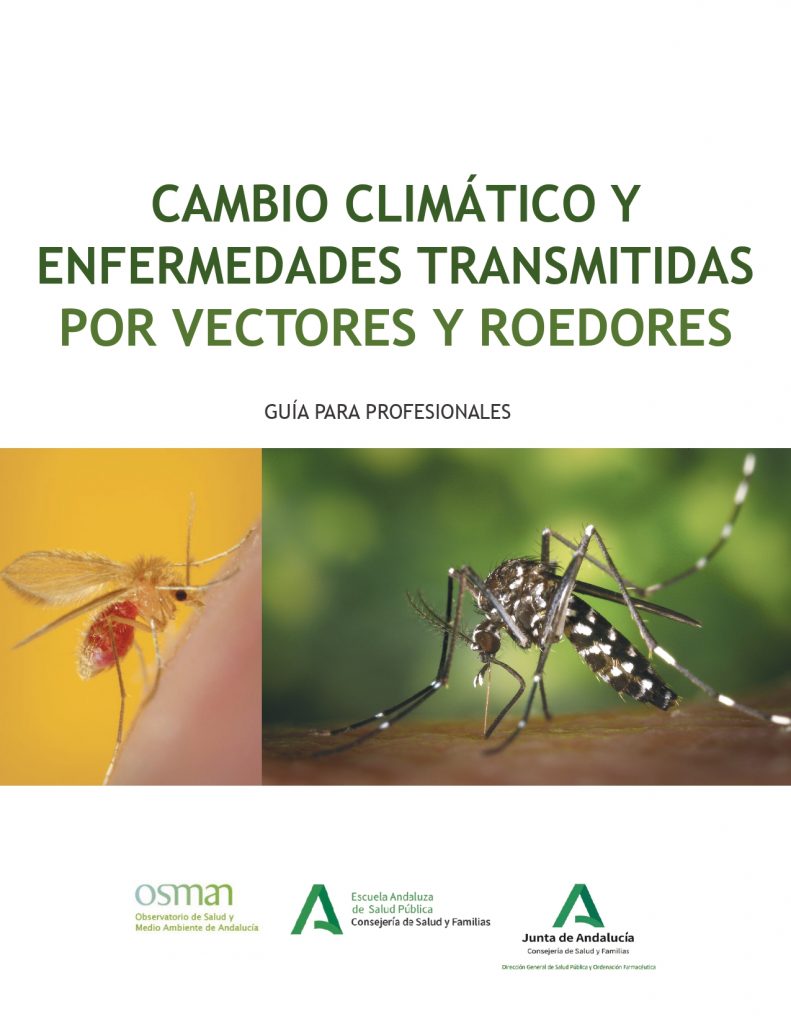
- Ricardo Molina. Laboratorio de Entomología Médica. Centro Nacional de Microbiología. Instituto de Salud Carlos III.
- Javier Lucientes. Departamento de Patología Animal (Sanidad Animal). Instituto de Investigación Agroalimentario de Aragón IA2. Facultad de Veterinaria. Universidad de Zaragoza.
- Rubén Bueno. Departamento de Investigación y Desarrollo (I+D). Laboratorios Lokímica.
RESUMEN
SUMMARY
In the last decades, alterations in the biology, life cycles and geographical distribution of arthropods and animal reservoirs involved in the transmission of vector diseases have been detected. Likewise, the arrival of new exotic invasive vectors and their establishment and expansion in our environment is generating new risks for public health. This dynamic also seems to produce alterations in the seasonal patterns and incidence of vector-borne diseases, which have been observed in Spain and the rest of Europe in recent years.
In addition to climate change, other factors such as changes in land use, globalization of travel, tourism and trade, urbanization, changes in urban morphology, as well as the increasing use of natural spaces, are in the origin of this behaviour. In Spain, the effects of climate change are expected to be especially intense since most of the vectors and pathogens are found in their distribution limits and are, therefore, especially sensitive to changes in climatic variables. The proximity of Africa also facilitates the entry of new vectors and pathogens from this continent. Strategies aiming to identify risks and prevent vector-borne diseases must be put in place, reinforcing territorial coordination, at the municipal, regional and national levels, and at the sectoral level, among the institutions involved in animal health, public health, and the environmental administration, as well as with universities and research centers.


